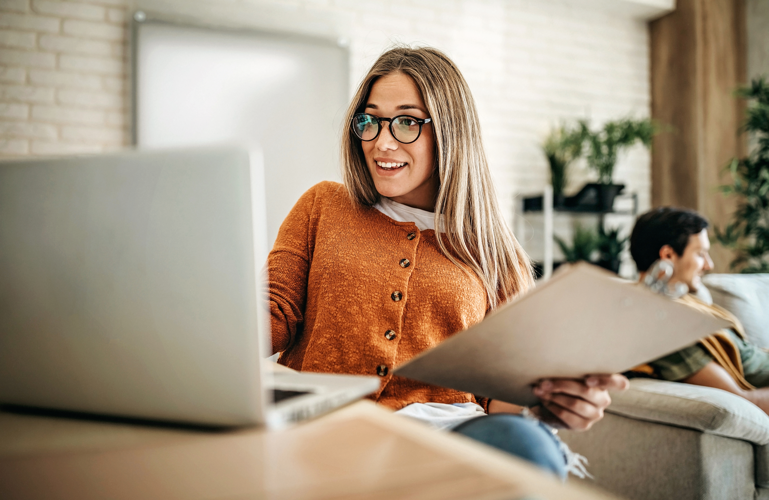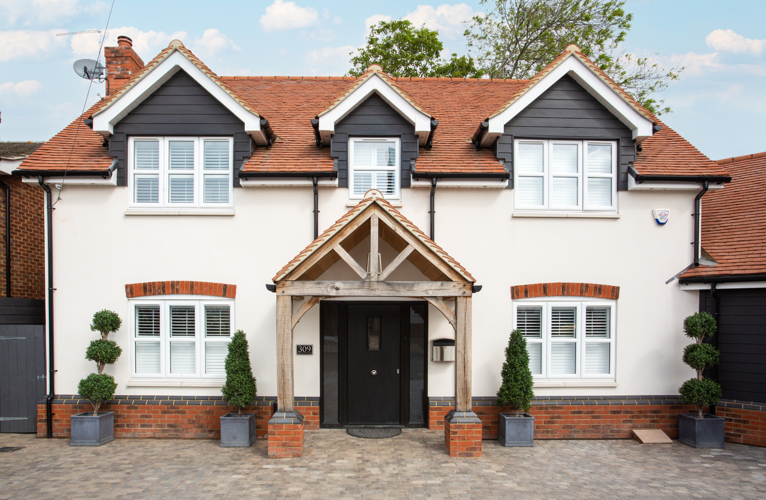What is a Buy to Let Mortgage?
A Buy to Let Mortgage is a type of loan designed specifically for landlords who purchase properties with the intention of renting them out. Unlike residential mortgages, BTL mortgages have different eligibility criteria, interest rates, and deposit requirements. They are typically interest-only, meaning landlords only pay the interest each month and repay the capital at the end of the mortgage term. However, some lenders also offer repayment options where both capital and interest are paid off monthly.
Types of Buy to Let Mortgages
HMO (House in Multiple Occupation) Buy to Let Mortgage
- Designed for properties rented out to multiple tenants (e.g. student housing, shared accommodations).
- Often requires a larger deposit and higher interest rates.
- Subject to specific licensing and regulations.
Limited Company Buy to Let Mortgage
- Suitable for landlords buying property through a limited company rather than personally.
- More tax-efficient for higher-rate taxpayers, as profits are subject to corporation tax.
- Typically has stricter lending criteria and higher interest rates.
Holiday Let Mortgage
- For properties rented out as short-term holiday rentals (e.g. Airbnb, cottages).
- Different affordability checks, often based on projected seasonal income.
- Considered higher risk and subject to stricter lending criteria.
Multi-Unit Freehold Block (MUFB) Buy to Let Mortgage
A specialist mortgage designed for properties that contain multiple, separate rental units under a single freehold title, such as: Blocks of flats (without individual leases), Houses converted into self-contained flats, Student accommodation buildings, Co-living properties
How Do Buy to Let Mortgages Work?
If you are considering a BTL mortgage, here is a step-by-step breakdown of the process:
- Choose a Property – Identify a rental property in a location with high tenant demand.
- Assess Your Deposit – Most BTL mortgages require a deposit of 25-40% of the property’s value.
- Check Rental Yield – Lenders typically require rental income to be 125-145% of the monthly mortgage repayments.
- Apply for a Mortgage – Provide details about your income, credit history, and projected rental earnings.
- Property Valuation – The lender will assess the property’s value and rental potential before approval.
- Receive Your Mortgage Offer – Once approved, funds are released, and you can complete the property purchase.
Who Can Get a Buy to Let Mortgage?
BTL mortgages are available to individuals and limited company landlords, but lenders typically require:
- A good credit history and financial stability. (We consider adverse credit)
- A minimum income threshold (typically £25,000+ per year).
- A larger deposit compared to residential mortgages (usually 25-40%).
- The ability to meet the lender’s rental income stress test.
Pros & Cons of Buy to Let Mortgages
Pros:
- Steady Rental Income – Provides a consistent revenue stream.
- Capital Growth Potential – Property values tend to appreciate over time.
- Interest-Only Repayments – Lower monthly payments help maximize cash flow.
- Tax Benefits – Some expenses, such as mortgage interest, maintenance, and letting agent fees, may be deductible.
Cons:
- Higher Deposit Requirements – Typically 25% or more.
- Market Fluctuations – Property prices and rental demand can vary.
- Tax Changes – Landlords must account for income tax and reduced mortgage interest relief.
- Potential Vacancies – Rental void periods can impact cash flow.
Final Thoughts
Investing in buy-to-let properties can be a rewarding way to build wealth, but understanding how BTL mortgages work is crucial for success. By choosing the right mortgage, calculating rental yields, and staying informed on market trends, landlords can maximize their investment potential and achieve long-term financial stability.
Keep Reading

Fast, flexible second-charge bridging loan across four NI properties with no valuation or legal fees, helping a landlord consolidate and move forward.

Light refurbishment covers cosmetic or minor updates that don’t change the building’s structure Heavy refurbishment includes structural or major work

Fast £86k equitable bridge completed in 8 days for an experienced landlord — quick funds, no consent needed, all handled in-house.

Learn what a first charge mortgage is, how it works, and why it’s often the most cost-effective option for property buyers and landlords.

Mercantile Trust supports brokers with lending on non-traditional properties using flexible, common-sense underwriting across the UK.

Fast 7-day second charge bridge for auction purchase. £75k raised on existing BTL, no monthly payments, flexible refinance exit after works.

Understand the key differences between Consumer and Unregulated Buy to Let mortgages to place cases confidently with Mercantile Trust.

Mercantile Trust joins the Mortgage Industry Mental Health Charter, promoting mental well-being and a supportive, inclusive workplace culture.

A bridging loan can affect your credit score, but managed well, it may improve your profile. Timely payments are key to a positive impact.

Discover limited company Buy to Let mortgages with up to 75% LTV and no SIC code or rate loading at Mercantile Trust.

Mercantile Trust has been shortlisted for the 2025 National Mortgage Awards – Second Charge in the category of Best Small/Medium Lender.

Start your property investment journey with a First-Time Buyer Buy to Let mortgage from Mercantile Trust — flexible lending, even for new landlords.

Holiday Let Mortgages in Northern Ireland: A guide to investing, financing, and maximising returns on short-term rental properties.

Guide to securing buy to let mortgages in Northern Ireland, with tips, eligibility criteria, and flexible options from Mercantile Trust.

Get a buy to let mortgage with no minimum income requirement. Ideal for landlords with irregular income or poor credit. Flexible UK lending solutions.

Learn what a bridging loan exit strategy is, why it's essential, and which options lenders like Mercantile Trust typically accept for repayment.

Get a buy to let mortgage with bad credit. Learn how UK landlords secure finance through specialist lenders like Mercantile Trust.

Need fast property finance? Limited companies can access bridging loans quickly—ideal for auctions, refurbishments, or time-sensitive deals.

When applying for a buy-to-let or bridging loan in the UK, the number of applicants allowed can impact how you structure your deal.

This guide outlines the key concepts, eligibility criteria, lending process, and considerations associated with first charge BTL lending.

Thinking about investing in property? Buy to Let remains one of the most reliable and rewarding strategies for landlords looking to grow their wealth.

Ready to unlock the power of your home equity? Read our guide to learn how!

Thinking about investing in an HMO property? This guide covers everything you need to know about HMO mortgages!

This guide explores how second charge loans work, their benefits, risks, and who they’re best suited for.

This guide explains what holiday let mortgages are, how they work, and how you can make the most of them to maximise your investment potential.

Bridging loans are a short-term financing option, designed to "bridge" the gap between a financial need whilst long-term finance is being arranged.

As a contractor, you may need a short-term finance solution to quickly access funds. Bridging loans can be a great way to achieve this
Join our newsletter
For monthly updates, expert insights, and the latest trends in lending.

